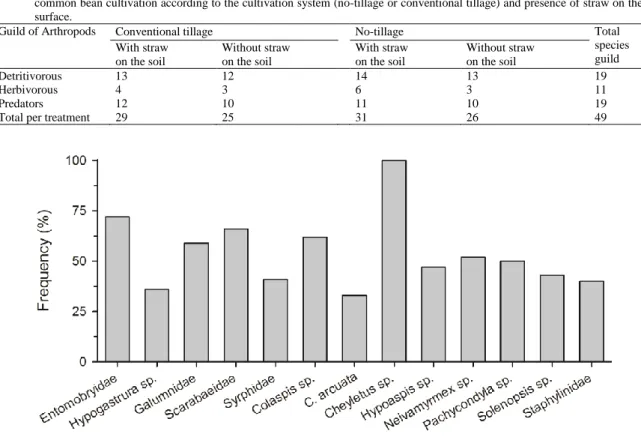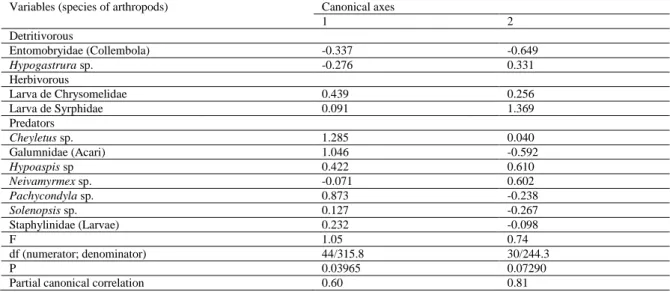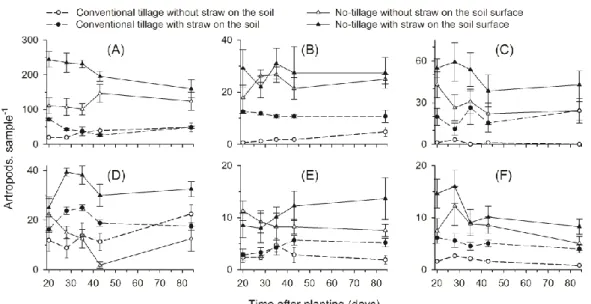Impact of The Cultivation Systems And Straw on The Soil Surface on The Edaphic Entomofauna In Common Bean Crops
Full text
Figure



Related documents
3: The effect of PTU-exposure (1.5, 3, and 6 ppm) and levothyroxine therapy (Hypo 6 ppm + Levo) on the distance moved (A) and the escape latency (B) of the male
Risk factors for the inci- dence of Advanced age-related macular degeneration in the age-related eye disease study (AREDS) AREDS report no. Blumenkranz MS, Russell SR, Robey MG,
By formulating the video denoising problem to a low-rank matrix completion problem, our proposed algorithm does not assume any specific statistical properties
It was decided that with the presence of such significant red flag signs that she should undergo advanced imaging, in this case an MRI, that revealed an underlying malignancy, which
This is the non invasive stage of tumour which indicates that both cancerous and non cancerous cells are within the boundaries of that part of the breast in which the tumor begins
To study the relationship between nitric oxide and sperm capacitation in vitro , and to provide a theoretical basis for the use of NO-related preparations in improving sperm
Twenty-five percent of our respondents listed unilateral hearing loss as an indication for BAHA im- plantation, and only 17% routinely offered this treatment to children with
The GNM produced promising results from the quali- tative point of view. Since it was developed to provide a stable solution for the segmentation of images contain- ing